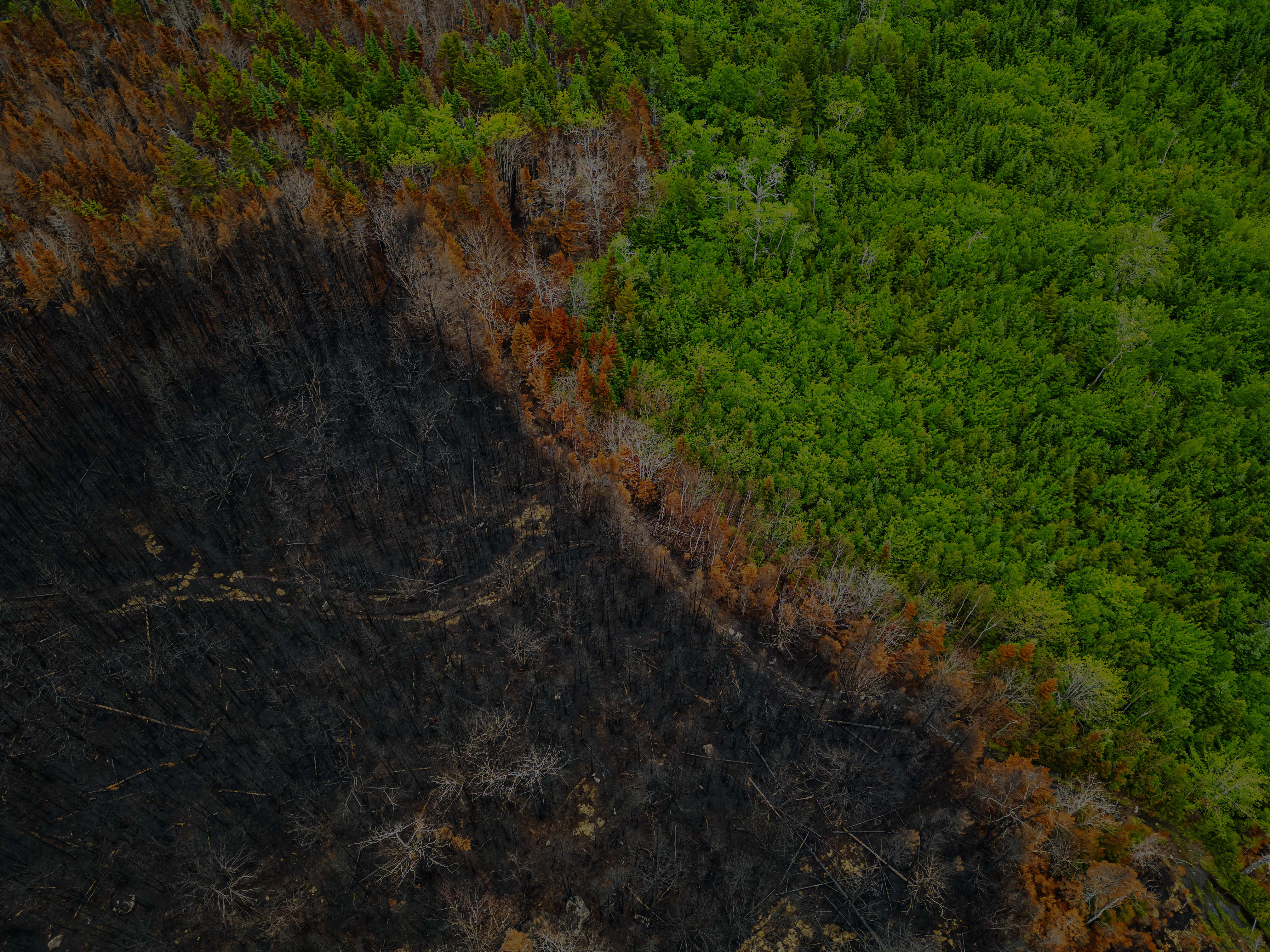How we helped
Utilities face a growing threat and ballooning costs in wildfires. Between 2005 and 2018, the number of wildfires in the Western U.S. doubled in number and size over the period from 1984 to 1999, while the Great Plains saw four times as many fires. The trend for more intense, more frequent wildfires poses a huge threat to infrastructure, and saddles utilities with billions of liabilities when infrastructure sparks a fire—as happened 32,000 times between 1992 and 2020, per U.S. Forest Service data.
Vegetation management is a matter of risk mitigation and a major cost. For a large, regulated utility, spending on third-party vegetation management had skyrocketed in the context of increased requirements across the industry and a resulting labor crunch.
To mitigate cost increases, we focused on key contributing factors:
- Circuit-based planning to minimize mobilization frictions with a focus on better pre-inspection data such as recent LiDAR and a cleaned asset management database
- Clarity of quality standards supported by significant payment holdbacks to encourage right-first-time and to mitigate the cost of any re-work
- Longer-horizon contract commitments (e.g., five years) to both create strong supplier competition (FOMO) and to ensure that equipment, overhead and labor would be priced on a fully-utilized, lifetime basis
- Simplified pricing model allowed a dramatic decrease in administrative management and focus
By understanding the supplier’s perspective and addressing these core factors, we were able to help the utility lower their like-for-like vegetation-management costs by more than 30% without sacrificing scope, pace or quality of work.
